When a baby is born, they come into a world full of skills to be learned and a lot of things to see and do. As the child starts to sit and learns to talk and walk, they also learn to use their eyes. Any normal child is born with the ability to see. However, what they have to learn is how to focus their eyes, use the two eyes together and also move them accurately. All kids are born near sighted. This means that they are unable to focus on objects that are far away at the beginning. This is an ability they acquire with time. Read on to find more information you need about your newborns sight.
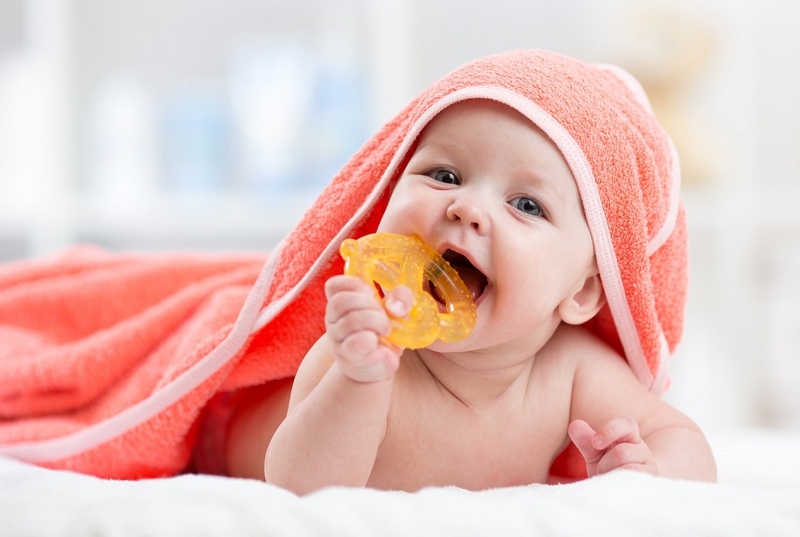
When Can Babies See?
The First Week
In the first days after birth, children are only able to focus on objects that are not more than 12 inches away. This is the average distance between their faces and their mother when breastfeeding. Kids are only able to gaze for a few seconds.
To help develop strong sight for the child, you should alternate the sides when breastfeeding. This visually stimulates both eyes equally. Immediately after babies are born, they are only able to see in two colors, black and white with bits of grey. The baby only develops his color vision a few months after birth, maybe around the fourth month. While mothers love decorating the baby’s nursery with beautiful colors, these may not be visually stimulating for the child in the first week of development. Alternatively, you can use black and white with touches of primary colors such as orange, yellow, red as well as blue.
The Second Week
This is the time babies start to master the art of recognition. They start becoming familiar with the faces around them. Bear in mind that it's important to stay within his vision field which is still up to 8 inches away.
The Third Week
What and when can babies see at the third week? This is around the time when you realize your child is suddenly stopping to stare at people and objects. However, the furthest the baby can see is only 12 inches away. Even so, you will notice that their attention span has developed to a few seconds longer than before as they can hold their gaze for even 10 seconds longer. It is advisable to keep stimulating the baby’s vision by making fun and talking to them to keep them interested.
The Fourth Week
By this time, you will notice that the child is starting to recognize objects. You will see them moving their necks to follow objects to the left or the right. You shouldn’t be alarmed if they move their heads to follow objects. They are only able to use their eyes to follow objects when they are around 8 weeks.
The First Month
After four weeks, you will notice that this is the time the child learns to follow light sources with their eyes and head. They are also able to track horizontal objects that cut across midlines, more so faces. They can now make eye contact and focus on the person near them. At one month, kids are still not sensitive to light. Therefore, don’t be too cautious about having lights on as they sleep. Light does not affect the baby’s ability to sleep.
The 2nd and 3rd Months
This is the time the child is able to track objects moving horizontally or in circular motions. They can by now recognize faces and are pleased to see familiar ones. They can also focus on objects using their eyes only without having to tilt the head. They show light sensitivity and also become aware of their hands and legs. They now become interested in everything around them. Their attention shifts from subject to subject very fast. And by now they can hold eye contact for longer.
The 3rd to 6th Month
When can babies see moving stuff? This is the time. By this time:
● They can study their limbs and play with toys.
● They can follow with their eyes as toys roll away after falling.
● They can move their gazes from side to side.
● They also increase their concentration time.
● They become aware of their surroundings and start examining different areas of the room.
● They also become aware of reflections and can move their eyes without tilting their head.
The 7th to 10th Month
By this time, you will notice them develop interest in pictures. They will start noticing small objects and something as small as a bread crumb can be seen now. You will also notice that they can focus on partly hidden objects.
The 11th to 12th Month
This is almost the time they are turning one. By now, they are toddlers and can see a lot. They can now peep through windows and recognize familiar faces. They can play around the house as they recognize the different areas of the house. You will notice that they can now focus for longer on anything they are interested in.
While these are major milestones, when seeking answers to "When can babies see?" it is important to understand that kids only fully develop their sight between the ages of 3 and 5 years.
Check Your Baby's Eyes Regularly
During the first two years of birth, this is when your baby is developing his sight abilities. It is very important to get the pediatrician to regularly check on the development during clinical visits. This is the best time to get hold of any issues before the sight is fully developed. Before you leave hospital after birth, the doctors will examine the child’s eyes. This is a routine check performed on all new born babies. These checks can go on during your post-natal checkups.


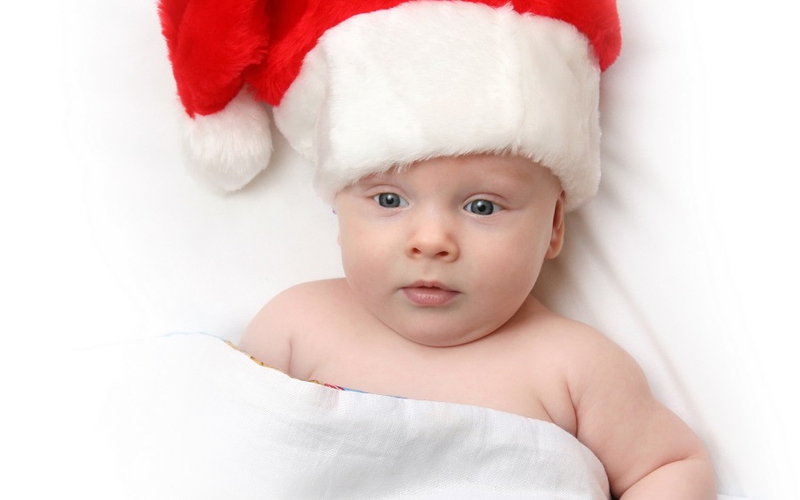
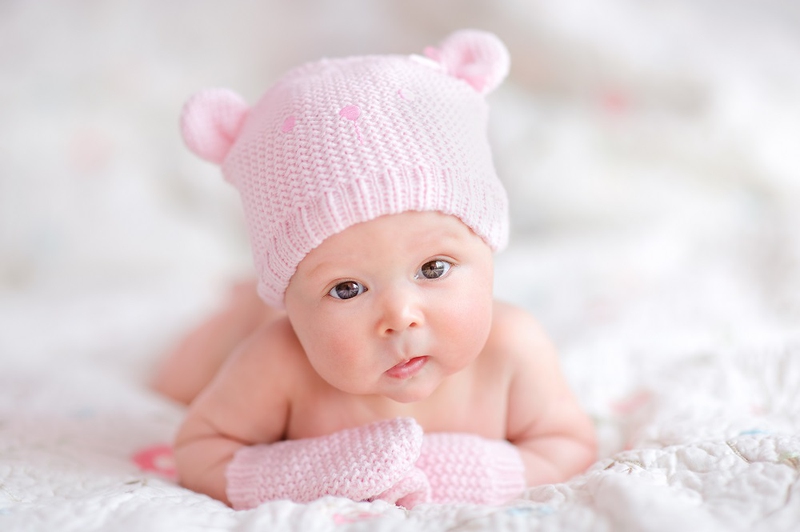
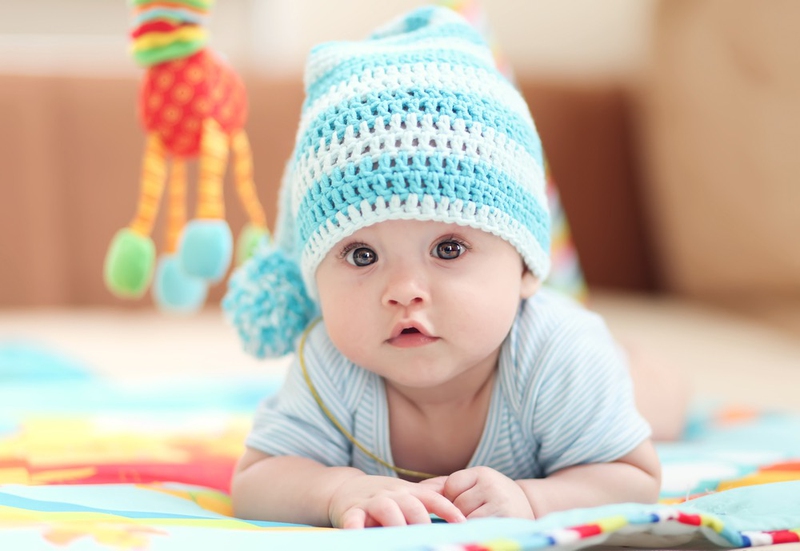
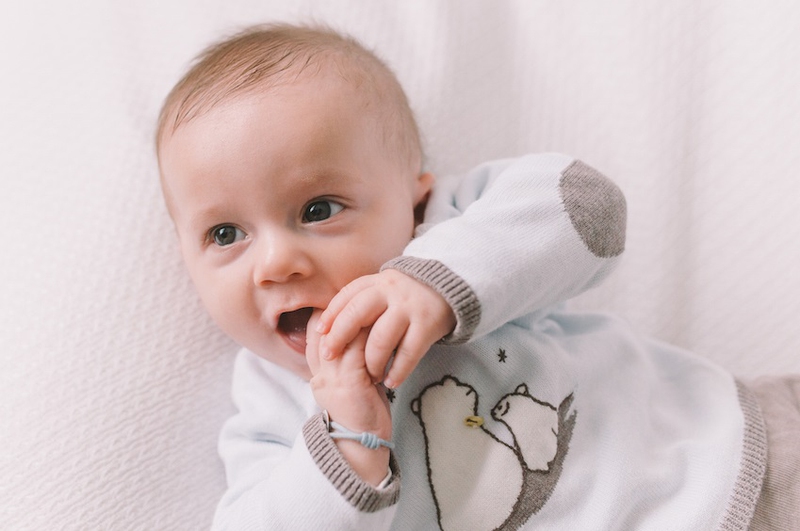
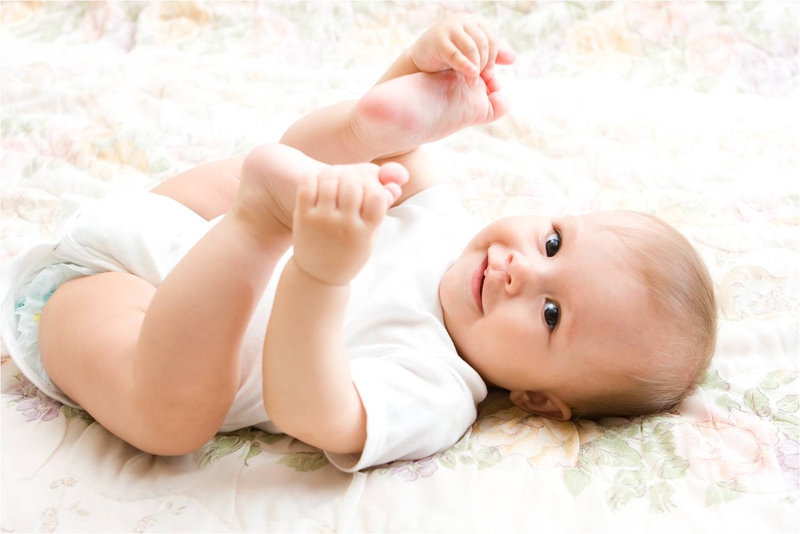
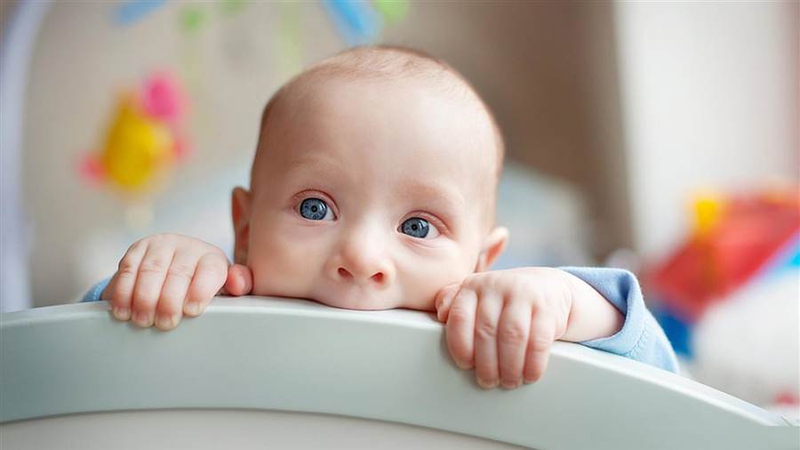
View All Comments /Add Comment